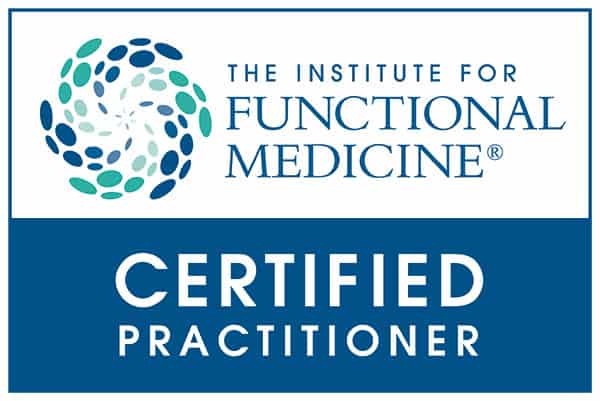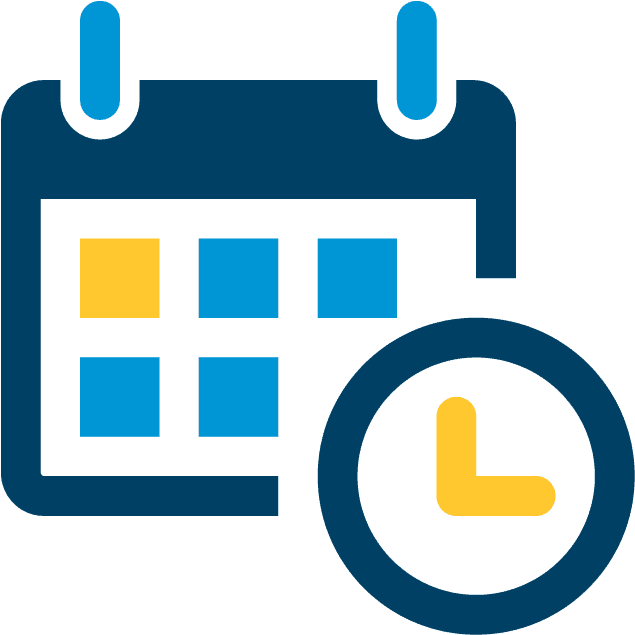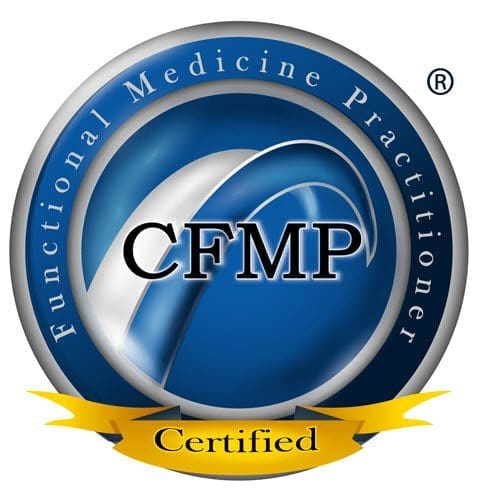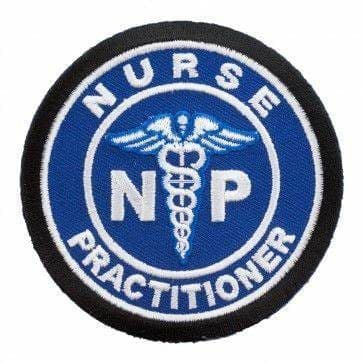
by Dr Alex Jimenez DC, APRN, FNP-BC, CFMP, IFMCP | Auto Accident Injuries, Chiropractic, Personal Injury
Whiplash is�a common injury, annually affecting about 2 million individuals within the U.S. Generally due to a car accident, whiplash also can be a consequence of falling, engaging in sports &�being shaken or punched.
Whiplash may be the common term�for�neck damage or stress caused by hyperextension (see image below) and hyperflexion (see image below). It frequently does not cause immediate symptoms: over-time, it might produce actually. Since whiplash could cause long-lasting results to the back, it is vital that you see your physician if you have been injured, even if you don�t have pain.

The cervical spine (throat) is really a sophisticated structure consists of vertebrae (spinal bones), intervertebral disks (behave as shock absorbers), muscles, ligaments, and nerves. The throat is is flexible and will move it different guidelines (jerk, swivel) while supporting the total weight of the head. However, that mobility can make the throat at risk of injury. Throughout a whiplash event, your throat goes swiftly and vigorously backward and forward. Pain can continue despite the injury itself has healed.
Whiplash can result in reduced productivity, temporary impairment, and perhaps substantial medical expenses.
Not Just Pain In The Neck
A person with whiplash’s chief criticism is upper back pain or neck pain. Other symptoms may include:
- Pain
- Stiffness
- Pain within the arm and/or shoulder that may expand to the hand(s).
- Paresthesias (including numbness or tingling) and/or weakness that’ll expand into the hand(s).
- Headache
You might possibly experience dizziness, nausea, ringing�in the ears, weakness, jaw pain, and blurred vision.
A Condition With�An Impact
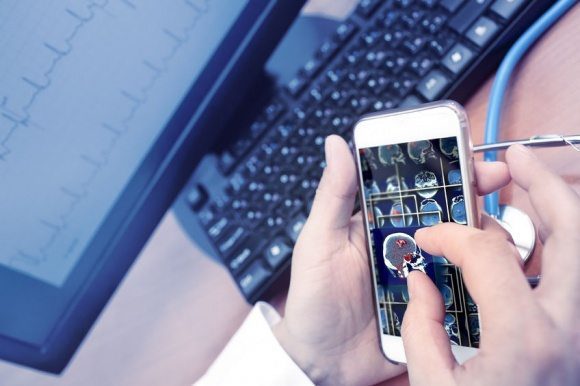
The most frequent cause of whiplash is definitely a car accident in which the person�s vehicle (often stopped) is rear-ended by another car or truck. Because of this, the neck’s bones are forced�into a hyperextended position, while the upper vertebrae are hyperflexed, leading to an unusual S-shaped curve. This cycle typically damages the delicate tissues (structures, tendons, muscles) of the neck.
How Do I Realize I Have Whiplash?
Your doctor works a neurological and physical exam and carefully reviews your medical history. Because x rays don�t show injuries to delicate tissues, a CT (computerized tomography) scan or MRI (magnetic resonance imaging) could be executed.
What Does Treatment Involve?
Treatment is determined by the extent and level of the whiplash, and factor is given to general health and your age. Initial therapy can include:
- Short term rest (a day or two)
- Ice, for first day or two; then alternate ice and temperature
- Gentle�range-of-motion exercises
- Anti-inflammatory drugs (over-the-counter or prescription)
- Muscle relaxants
*When using ice, make certain the cool source is draped in a towel to safeguard your skin area. Don’t apply ice for longer than 15 minutes at a time.
If your pain does not disappear inside a reasonable timeframe, or when it is serious, your doctor may recommend trigger-point injections, physical treatment, chiropractic, massage, acupuncture, and/or use of a transcutaneous electrical nerve stimulation (TENS) device.
Soft�collars, although once trusted for whiplash, are not employed so frequently anymore, since by immobilizing the neck, the muscles can weaken and delay recovery.
Surgery is rarely warranted by whiplash. If your pain persists even after you’ve undergone nonsurgical treatment, your doctor might advise surgery, according to what structures have already been injured and how serious the harm is. It is vital that you understand the risks carried with surgery. Thus, you should have a thorough conversation with your doctor.

Call Today!
Sources
Whiplash. Mayo Clinic. www.mayoclinic.org/disorders-situations/whiplash/basics/meaning/con-20033090.
Whiplash. MedicineNet. / whiplash/article.htm Whiplash.
Whiplash Injury. Hopkins Medicine. www.hopkinsmedicine.org/ healthlibrary/problems/adult/spine_shoulder_and_pelvis_disorders/whiplash_injury_85,p01388/.

by Dr Alex Jimenez DC, APRN, FNP-BC, CFMP, IFMCP | UTEP (Local) RSS
Related Articles
Sky Logan and Dylan Parsee accounted for two sacks each, and the UTEP defense tallied seven altogether in Wednesday�s spring scrimmage in the Sun Bowl.
�The defense was flying around and they got after it,� UTEP coach Sean Kugler said.���They put a lot of pressure on the quarterback.��Parsee had a good day.��Devin Cockrell was flying all over the field.��He had an interception and a couple of tackles for losses.��He was a physical presence out there.��He sparks the defense.�
Stephen Forester, Adrian Hynson and Lawrence Montegut added one sack apiece as the Miner stop troops turned in a spirited performance in a rare mid-week scrimmage.
�We just wanted to mix it up, change it up a little bit and get after them and set a good tempo right here, and probably wanted to space it out before we had our spring game,� Kugler said.
The Miner spring game will be held on Friday, April 14 at 6 p.m. in the Sun Bowl.��Admission is free.
Another defensive standout for UTEP on Wednesday was Mike Sota, who was credited with a team-leading five tackles.
The defense surrendered only one touchdown, as Mark Torrez completed a 40-yard pass to Kavika Johnson for a score.��Johnson is adjusting well to his new role at wide receiver as he tallied three catches for 45 yards.
Torrez finished 4-of-5 passing for 58 yards, and Ryan Metz was 6-for-9 for 40 yards with an interception.
The featured back on Wednesday was Ronald Awatt, who carried the ball 17 times for 42 yards.��Kevin Dove added 34 yards on seven rushes.
�Offensively, Kevin Dove really did some good things at fullback and tailback,� Kugler said.���I saw some good things out of Torrez and Kavika Johnson.��The tight ends did a couple of good things too.�
Newcomers David Lucero and Josh Weeks sparked the tight end contingent.�Lucero had two catches for 16 yards and Weeks added one catch for eight yards.
The Miners have three practices remaining prior to the spring game � Friday, Monday and Wednesday.��The spring game will feature a post-game autograph session with the UTEP seniors, as well as a free clinic for youth 13 and under.
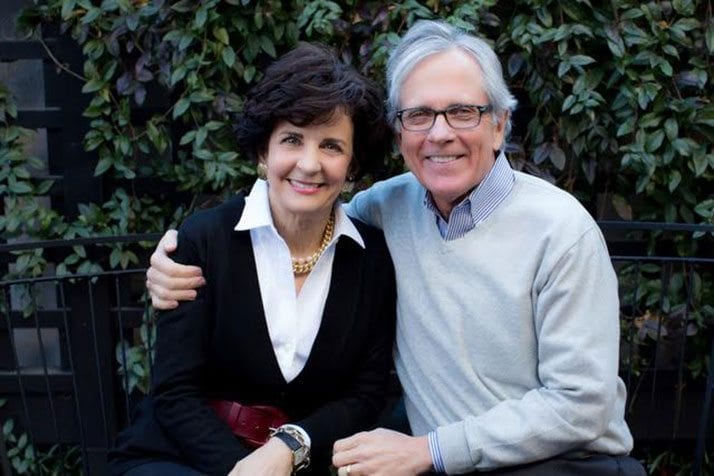
by Dr Alex Jimenez DC, APRN, FNP-BC, CFMP, IFMCP | Anti Aging, Fitness
Chandler and John Moenius
By Jon Rowley
One of the things I love most about our community at 2020 Fitness is how it cuts across so many demographics. People who may be unlikely to encounter each other in day-to-day life find themselves chatting and having a great time together in class. Chandler and John Moenius are a great example. Here’s Chandler’s 2020 Fitness story in her own words:
Who plans what their fitness activity is going to be in their sixties? Certainly not me. After all, when I was in my thirties, forties and even fifties, sixty seemed light years away. Then, suddenly, I was celebrating my 60th birthday and I decided it was time to get my act together. I always had been active, running when I could fit it in my schedule, even training for two marathons, and attending a bootcamp class for years, but CrossFit? I never dreamed I would set foot in a CrossFit gym, but when I realized my almost 90-year-old mother had lost six inches in height and could barely open a jar without help, I decided it was time to listen to the experts who were saying strength training and flexibility were necessary for successful aging.
I turned to 2020 Fitness since it was close to home, and convinced my husband, John, to go with me. I quickly saw that it was more about doing the workouts with correct form than how much weight I was lifting. While it has been rewarding to increase the weight on my bar and master some moves in the gym, the best part has been my increased flexibility. The coaching staff is so knowledgeable and they give personal attention to everyone in the class. It amazes me how they will remember the sore muscle I had a few days ago or that I struggled with a workout last week and will offer suggestions to work at mastering it the next time. Recently, a lifelong back issue reappeared one Monday morning. I went to class but the coaches quickly pulled me from the workout and had me spend the hour doing mobility exercises instead. I kept with this routine for four days and was able to resume the workout by Friday. Need I say more about the attention and expertise available?
While I’m sure I am pretty close to the oldest female at the gym, I’ve never felt like anyone was singling me out because of my age, and when I need to scale back a workout, the coaches are always willing to provide an alternative. The encouraging atmosphere lets me know that everyone is hoping I will succeed and wants to help me in any way to get there. The camaraderie is outstanding and spills across all age levels from middle school students to my 68-year-old husband. I’ve definitely found my fitness home and I’ve told the coaches many times that I’m not going anywhere. In fact, I plan to be in the pilot class for 90-year-olds in 2044!
We pride ourselves on being able to offer a productive, positive environment for people of all ages. In fact, this summer, we’re hosting a five-week day camp for kids 6 to 10. Check out our website for details and registration information.
This Sponsored Column is written by Jon Rowley of 2020 Fitness. 2020 Fitness provides a positive and fun fitness environment dedicated to improving the lives of its clients.

by Dr Alex Jimenez DC, APRN, FNP-BC, CFMP, IFMCP | Anti Aging
At 89, Donald Tenbrunsel is a bit of a phenomenon. He surfs the internet with ease, happily converses on a broad range of timely topics, volunteers and reads regularly.
Known as a “SuperAger,” Tenbrunsel was part of a study that helped researchers discover what factors might set these super-sharp seniors apart from their peers.
The secret? Brain scans showed they experience brain aging twice as slowly as average folks their age.
“This suggests the SuperAgers are on a different trajectory of aging,” said senior researcher Emily Rogalski. She is director of neuroimaging for Northwestern University’s Cognitive Neurology & Alzheimer’s Disease Center. “They’re losing their brain volume at a much slower rate than average agers.”
For the study, Rogalski and her colleagues measured brain aging by examining the thickness of each person’s cortex — the outer layer of folded gray matter in the brain.
The cortex is where consciousness lies, and where all of the neurons that fire thoughts and movements are located. It is a critical part of the brain for higher-level thinking, memory, planning and problem-solving, Rogalski said.
Another neurologist explained it this way:
“That is essentially our brain,” said Dr. Paul Wright, chair of neurology at North Shore University Hospital in Manhasset, N.Y., and Long Island Jewish Medical Center in New Hyde Park, N.Y. “Brain shrinkage occurs in the natural progression over time, and when you lose brain volume, you lose function.”
Rogalski noted that previous research has shown that the cortexes of SuperAgers look less worn than their average 80-year-old peers, and about the same as people in their 50s or 60s.
But a question remained — were the SuperAgers born with brains that have more volume, and thus could better withstand the travails of aging? Or are their brains the same size as everyone else’s, and simply aging less rapidly?
To answer that question, the researchers tracked changes in cortex thickness for a year and a half in 24 SuperAgers and 12 average elderly people.
Both groups lost a significant amount of brain volume to aging, but average elderly people experienced a loss more than twice that of the SuperAgers — over 2.2 percent versus 1.1 percent.
“Part of the reason why they may have different brain volumes is because over the decades they’ve been losing their brain volume at a different rate,” Rogalski said.
The findings were published April 4 in the Journal of the American Medical Association.
Dr. Ezriel Kornel, a neurologist with Weill Cornell Medical College in New York City, said that at least part of the brain advantage of SuperAgers is genetic, with some people simply gifted at birth.
But there are likely to be environmental influences that also contribute to healthier brain aging, particularly in the womb and in early childhood, Kornel added. For example, research has shown that children raised in poverty tend to have smaller brains.
“There are so many factors involved,” Kornel said. “It could be that even external stressors in childhood can influence how the brain develops.”
Rogalski said that future research will focus on genetic factors that influence brain aging, which hopefully will provide researchers with anti-aging “targets” that could be manipulated with medications or other therapies.
While there’s currently no proven method to preserve cortex volume, research has shown specific lifestyle changes that seniors can perform to help keep themselves sharp as they age, Kornel and Wright said. These include:
Regular physical exercise, including strength training.
A healthy and balanced diet.
Brain workouts that involve challenging puzzles or tasks.
An active social life.
“Everyone understands they’re going to die, but people don’t want to feel they’re losing their ability to think and be who they are,” Kornel said. “This is the next big frontier in science, to figure out how we can prevent overall deterioration of the brain.”
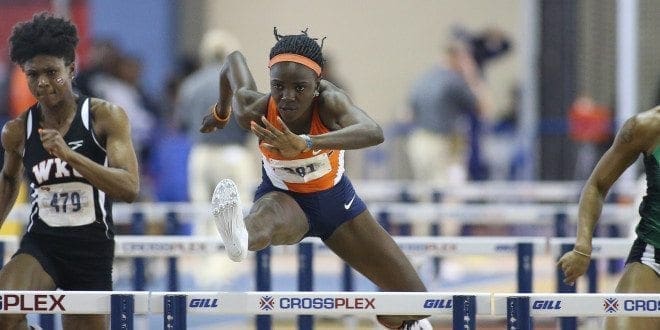
by Dr Alex Jimenez DC, APRN, FNP-BC, CFMP, IFMCP | UTEP (Local) RSS
Related Articles
The UTEP track and field team had three different athletes rewarded for their spectacular performances last week at the Texas Relays; Tobi Amusan (female track), Lucia Mokrasova (female field) and Michael Saruni (co-male track) all earned Conference USA Athlete of the Week accolades in their respective events.
For Amusan this is her second straight C-USA weekly honor after being named co-female track. The sophomore clocked the fastest-qualifying time (12.75) in the 100m hurdles at the Texas Relays.
On Saturday, Amusan shaved .03 seconds (12.72) off her preliminary time to defend her Texas Relays title, while also breaking the meet record set by Ashlee Williams (12.83) in 2005.
The hurdler continues to hold the No.1 spot nationally with her time registered last week at the UTEP Springtime.
Mokrasova set a personal best in the heptathlon scoring 5,671 points, breaking her previous record of 5,615 points. The junior had an outstanding first day at Texas Relays, clocking in a time of 14.06 in the 100m hurdles earning her 970 points. She then cleared 1.67m (5-5.75) in the high jump for an additional 818 points.
In her strongest event, the Slovakian registered a toss of 14.10m (46-3.25) to finish first in the shot put. Closing out the day, she sprinted to a 24.56 finish in the 200m with a total of 3,517 points.
Day two was a bit of a slower start as Mokrasova jumped out to 5.30m (17-4.75) in the long jump. In the javelin, she finished fourth with a mark of 39.94m (131-0). In the 800m, Mokrasova ran a time of 2:18.44 to earn 845 points and set the school record of 5,671 points in the heptathlon.
Mokrasova finished in eighth place at the Texas Relays and ranks fourth nationally.
On the men�s side, Saruni represented the Miners in the 800m run and captured gold with a time of 1:45.82. The freshman ran a patient race, biding time for a late kick with 120 meters to go in the final lap. The Kenyan competed against an outstanding field that included 2012 Olympic silver medalist (Leonel Manzano) and the collegiate record holder (Donavan Brazier).
Saruni�s time ranks second in the nation and first in C-USA.
The Miners will return to action April 13-15 at the Mt. SAC Distance Carnival and the UCLA Invitational. Follow @UTEPTrack on Twitter for live updates.

by Dr Alex Jimenez DC, APRN, FNP-BC, CFMP, IFMCP | 915 Crossfit WOD Rss, Crossfit (Local)
Warm-up
20 burpees subsequently
Get someone and work-up for your biggest 30sec heavy cedar in 10min

Strength:
Deadlift
Discover H2
MetCon
400m Work
thirty OHS (135/95)(115/75)(75/55)
40 GHD Sit-Ups
Cal Strip (50/40/30)
forty Wall balls
30 Sumo Lift Hi Draws (135/95)(115/75)(75/55)
100 Double-Unders (sc 50+50 singles OR 30+100)

by Dr Alex Jimenez DC, APRN, FNP-BC, CFMP, IFMCP | Chiropractic, Chronic Back Pain, Spine Care
Pain in the upper and/or mid back is not as common than lower back or neck pain. The upper back is called the thoracic spinal column, and it is the most secure part of the spine. The reach of movement in the upper back is limited because of the backbone�s attachments to the ribs (rib cage).
Upper back pain is generally caused by soft tissue injuries, like sprains or strains, muscle tension caused by bad posture, or looking downward for long time spans (eg, texting, mobile phone use).
- Pain
- Tightness
- Stiffness
- Muscle spasm
- Tenderness to touch
- Headache
What causes or leads to upper back pain?
An episode of upper back pain can be actuated by distinct moves and actions, including:
- Twisting
- Excessive bending
- Whiplash or alternative neck injury
- Lifting improperly
- Poor muscle tone
- Persistent movements, overuse
- Contact sports
- Carrying a load that is heavy
- Smoking
- Being overweight
Poor posture�working at the computer for�a long time without taking a break to walk around and extend, or in general can promote upper back pain. Both muscle fatigue and muscle pull, which often result from poor posture, can trigger the pain.
So what can I do about it?
Usually, upper back pain is not a cause for worry; however, it can be uncomfortable, painful, and inconvenient. Also, if pain develops suddenly and is serious�such as from an injury (eg, fall)�and, certainly if pain and symptoms (eg, weakness) progressively worsen you should seek medical attention.
Generally, the next home treatments can help relieve back pain that is upper.
- Short term rest
- Mild�Stretches
- Over the counter medicine, for example ibuprofen, (Motrin�), naproxen sodium (Aleve�), or acetaminophen (Tylenol�). Take with food, and don’t take more than the recommended dose.
- Use a cold pack that is commercially available or fill a plastic bag with ice and seal it wrap it. Apply to the painful area for 20 minutes every 2-3 hours for the first 2 to 3 days.
- Heat (after the very first 72 hours). After using moist heat, gently stretch the muscles to enhance mobility and alleviate stiffness.
Your physician may prescribe drugs, like a muscle relaxant or perform trigger point injections to greatly help break up muscle spasms. He or she may also recommend physical therapy to increase flexibility, mobility and alleviate pain. Other treatments your doctor may suggest include acupuncture and chiropractic care.
Most cases of upper back pain resolve in 1 to 2 weeks without additional treatment. When you’re able to perform them without pain restart your regular activities slowly. Don�t rush matters, however: you could interfere with your healing and risk reinjury.
As always, abrupt or severe pain ought to be dealt with promptly.

Call Today!
Composed by Stewart G. Eidelson, MD














